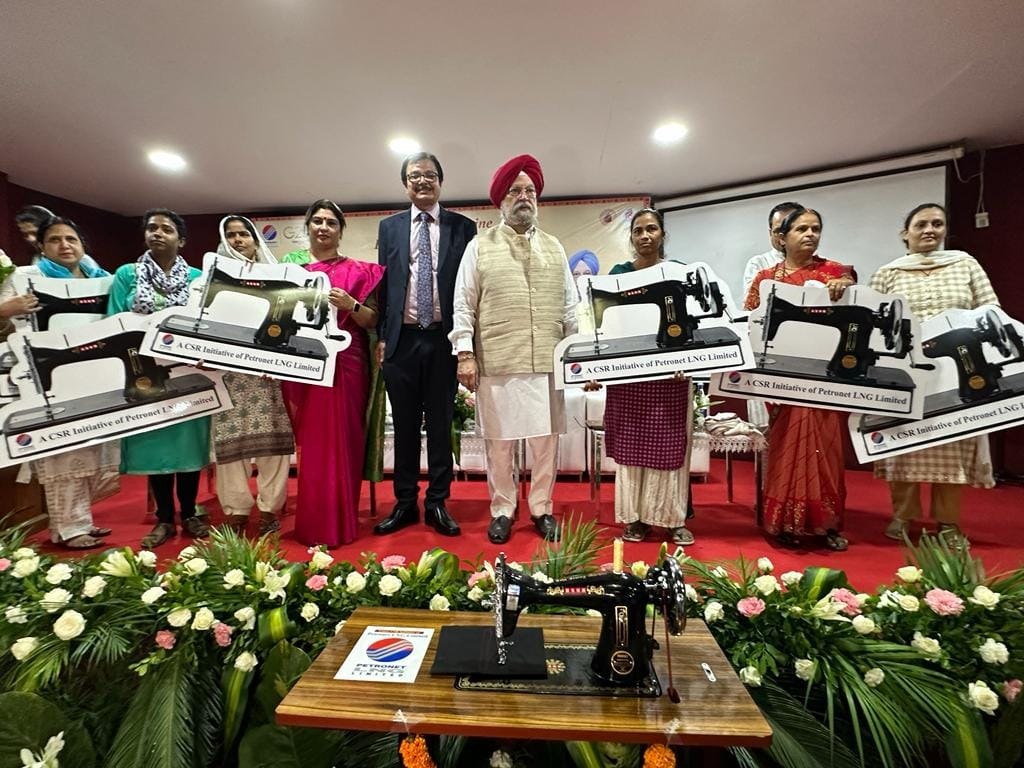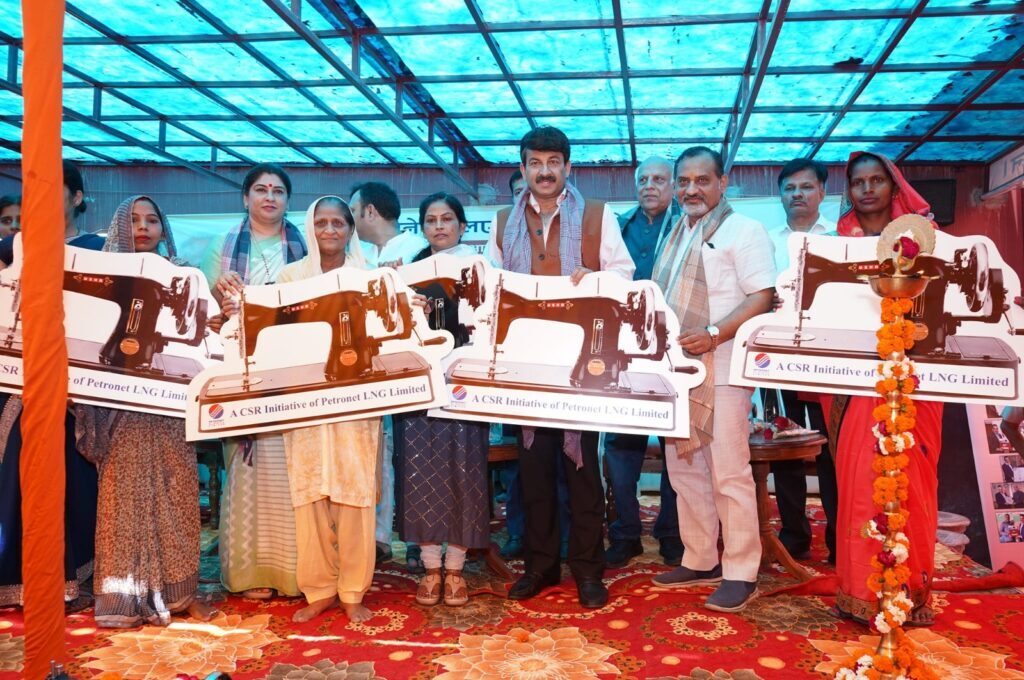How Sewing Machines Are Sewing a Better Future for Rural Women
Deep in the countryside of rural India, Africa, and other parts of the developing world, a revolution is quietly taking place. Not fueled by large-scale infrastructure or electronic devices, but by something much more humble—the sewing machine.
This humble instrument is becoming an incredible force for economic empowerment, social transformation, and rural women’s self-reliance. From humble beginnings as a domestic appliance, the sewing machine has become an emblem of independence and a gatekeeper to sustainable livelihoods.
The Challenge Faced by Rural Women

Rural women everywhere are confronted with systemic constraints that curtail their capacity to earn, hold property, access education, or enjoy financial independence. Women in the rural sector are likely to be working for low wages in unorganized jobs, with little access to training or credit, the World Bank states. Overlaying this with unpaid work at home, social stigma, and gender-based prohibitions creates a trap of poverty and reliance.
Most of these women have the traditional skills—embroidery, tailoring, weaving, and handcrafting—but they don’t have access to markets, tools, and training. That’s where the sewing machine enters—the not only as a machine, but as a point of entry into business.
Sewing Machines: A Gateway to Economic Independence
Fundamentally, a sewing machine allows a woman to earn money from home. Whether it is sewing school uniforms, alterations of wedding attire, or mending clothes, sewing services are never in excess demand. The zero initial barrier to investment and negligible operational expense render it the perfect enterprise in regions where there is little capital and infrastructure.
Key Benefits:
Income Generation:
Women can earn from day one. A good tailor in the village can earn between ₹5,000 to ₹15,000 per month or even more during peak wedding seasons.
Flexible Work Environment:
Women can work at home, dividing household chores with income generation.
Low Initial Investment:
Simple manual sewing machines are inexpensive, and many NGOs or micro-finance institutions provide them on subsidies or loans.
Sustainable and Scalable:
With enhanced skills, women are able to move on to more intricate designs, train others, and even establish small-scale garment units.
Empowerment Beyond Income:
Though the financial outcome is crucial, the actual change comes from social empowerment.
Self-confidence and dignity:
Income-generating women are usually reported to experience improved respect in their homes and communities.
Power in decisions:
Women earning a household income are likely to have a greater say in family decisions, such as education, health care, and marriage of children.
Education for the future generation:
With better income, most women make sure their children, particularly daughters, get proper education.
Shattering gender roles:
Tailoring shop owners or teachers who train others are regarded as leaders and transformers.
The Role of NGOs and Government Schemes
Several organizations and government schemes have played a crucial role in this movement:
-
Self-Help Groups (SHGs) and Microfinance Institutions (MFIs)
SHGs serve as the initial point of access in many cases, conducting training, arranging for finance, and delivering machines. Women are able to purchase machines and raw materials with microloans.
-
Pradhan Mantri Kaushal Vikas Yojana (PMKVY) – India
Rural women receive skill development training under PMKVY, including tailoring. Upon certification, most are connected to local employment or supplied with startup kits.
-
Usha Silai Schools
Usha International program establishes Silai Schools in rural India, where women are not only trained in sewing but also in how to become local trainers and entrepreneurs.
-
Tailoring for Change – International Initiatives
Initiatives like Tailoring for Change (Bangladesh), Sewing for Hope (Africa), and Threads of Hope (Latin America) are empowering women with sewing kits, training, and even marketing guidance.
Challenges That Still Exist
Notwithstanding the encouraging trend, challenges persist:
Market access: Most women find it difficult to scale as a result of limited direct market access.
Digital illiteracy: A majority of rural entrepreneurs have no knowledge of e-commerce or digital payments.
Quality of training: Not all vocational training schools deliver current or industry-relevant skills.
Maintenance challenges: Maintenance or replacement of faulty machines proves to be an obstacle in remote locations.
Technology and the Future of Rural Tailoring
Digital inclusion is the next phase in this advancement. With the availability of smartphones, women tailors are now acquiring skills to:
Promote their services on WhatsApp and Facebook.
Receive payments through UPI or mobile wallets.
Learn new patterns using YouTube and online tutorials.
Sell goods through digital platforms such as Amazon Karigar, Meesho, and Etsy.
Picture this: rural women sewing not only local clothes, but bespoke goods for international customers—from tote bags to eco-fashion.
A Stitch in Time: Why the World Needs to Get Behind This Movement
The economic empowerment of rural women via sewing machines is not only a nice anecdote—smart economics. For UN Women, if women work, economies grow. A McKinsey report in 2020 suggests that progress in gender equality could boost global GDP by $12 trillion by 2025.
Sewing machines can:
Decrease migration: By providing local jobs, less migration to cities is required.
Save heritage crafts: Hand embroidery, block printing, and local styles receive a market fillip.
Foster eco-friendly growth: Locally produced garments ensure lower carbon emissions and fair labor practices.

Conclusion
The soft whir of a sewing machine in a village household is the voice of change. It is the voice of aspiration, grit, and imagination. It is the thread that sews a woman’s aspiration to reality. From making uniforms to sewing designer outfits, rural women are not only making money—they’re making it happen.

Equipping them with sewing machines and training isn’t philanthropy; it’s investing in a superior, equitable world. As citizens, NGOs, policymakers, and businesses, it’s our responsibility to help ensure that each woman who would like to sew a better future has a shot, the resources she needs, and the acknowledgement she deserves.

The next time you wear a properly stitched kurta or carry a handbag, remember the lady at the needle—her tale, her struggle, and her triumph. For when rural women succeed, whole communities flourish.

